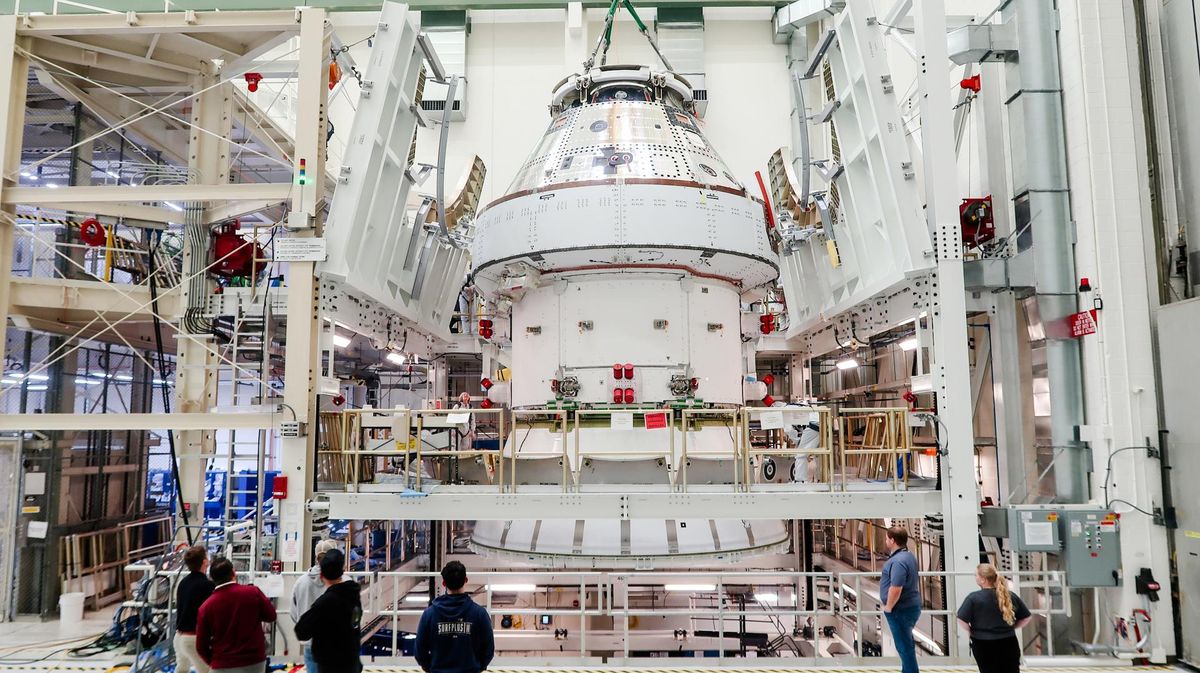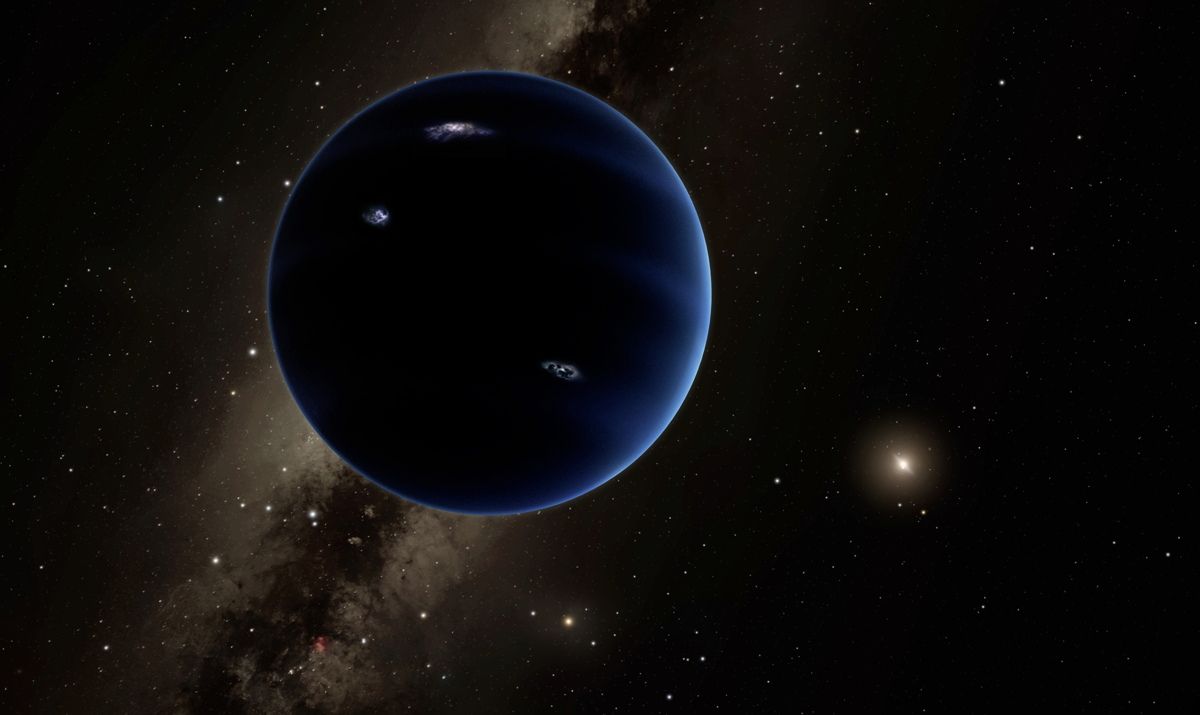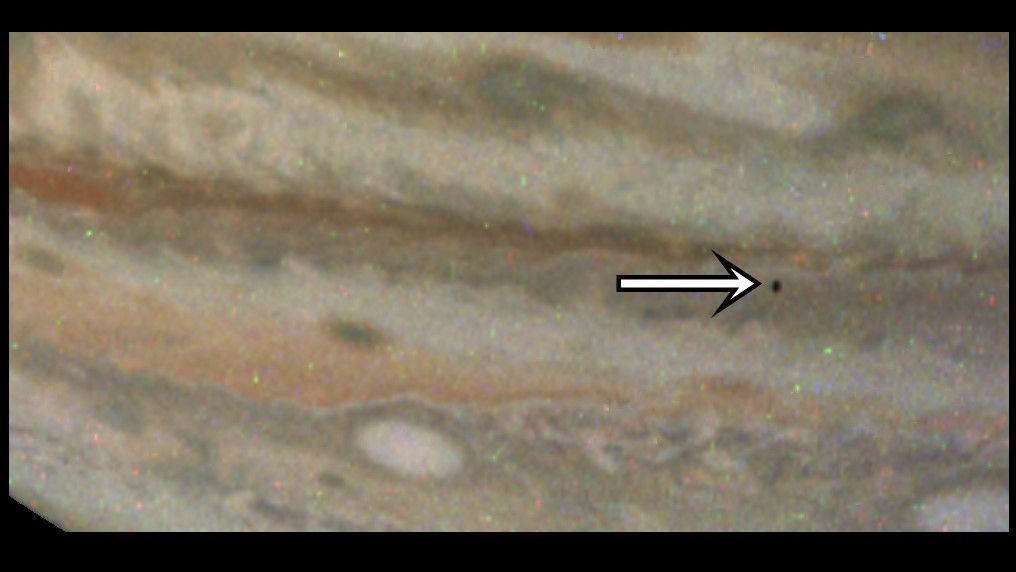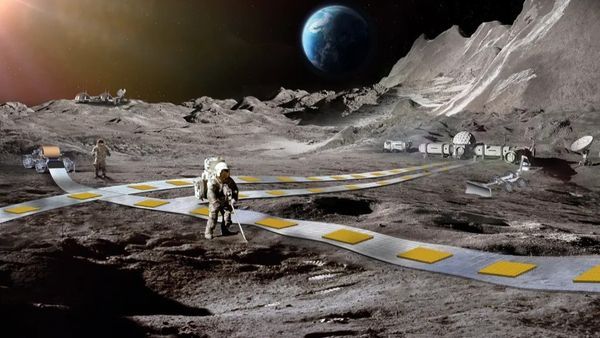The Next Moon Spacecraft for Humans Begins Vital Testing
The next moon spacecraft designed by NASA for human missions has taken a significant step forward by undergoing testing in an altitude chamber. The Orion spacecraft, designated for the Artemis 2 mission, is expected to transport four astronauts for a journey around the moon possibly in September 2025. Before this mission can proceed, NASA engineers are conducting essential tests to ensure the spacecraft’s readiness.
Testing began at NASA’s Kennedy Space Center in a vacuum chamber, where the Orion spacecraft is being evaluated for electromagnetic interference and compatibility. The primary objective of these tests is to determine the spacecraft’s ability to function effectively while exposed to various electromagnetic fields, both internal and external, before the scheduled launch.
The Artemis 2 Crew and Their Historic Mission
The crew set to embark on the Artemis 2 mission is composed of notable individuals, including Commander Reid Wiseman, Pilot Victor Glover, Mission Specialist Christina Koch, and Canadian Space Agency Mission Specialist Jeremy Hansen. This crew is expected to make history with several notable achievements, such as Victor Glover becoming the first Black person to venture beyond low Earth orbit and Christina Koch becoming the first woman to surpass this boundary.
The spacecraft itself is currently housed at Kennedy Space Center’s Neil A. Armstrong Operations and Checkout Building, located within an altitude chamber rich in lunar heritage. This chamber was used during the Apollo program to test environmental and life support systems for lunar and command modules that carried nine astronaut crews to the moon between 1968 and 1972.
Advanced Testing Environment at Kennedy Space Center
Among the multiple altitude chambers available at Kennedy Space Center, Orion currently resides in the west chamber, upgraded to replicate vacuum conditions at altitudes of up to 250,000 feet (76.2 km). The spacecraft was carefully placed into this chamber on April 4 using a newly installed 30-ton crane, facilitating the movement of the stacked crew and service modules while maintaining precision during the testing process.
Although the Orion spacecraft has completed two previous space missions, this upcoming mission will mark the first time astronauts will travel aboard the craft. This mission also introduces new system tests, such as life support functions, which were not included in the spacecraft’s prior unmanned missions.
Future Plans and Expansion of Moon Exploration
Following the altitude chamber testing, the Artemis 2 Orion spacecraft will be relocated to the Final Assembly and Systems Testing area within the same facility. Subsequent altitude testing is scheduled to mimic deep space conditions as closely as possible, with anticipated tests commencing in the summer months ahead.
Artemis 2 is poised to initiate the broader crewed Artemis program, aiming to revisit the moon with Artemis 3 potentially by 2026. Delays in both missions were encountered in January 2024 due to technical setbacks, resulting in Artemis 2 being postponed by approximately nine months and Artemis 3 facing a year-long delay.
The NASA-led Artemis program envisions establishing a settlement near the moon’s southern pole, leveraging existing water resources situated in that region. The Artemis Accords, encompassing commitments from 35 countries to adhere to peaceful space exploration norms under NASA’s guidance, are shaping the future of international collaboration in outer space exploration. Notably, Japan has pledged to provide a pressurized lunar rover for astronauts and is set to achieve the milestone of landing the first non-American astronaut on the moon, as announced jointly by NASA and Japan on Wednesday.
Image/Photo credit: source url





